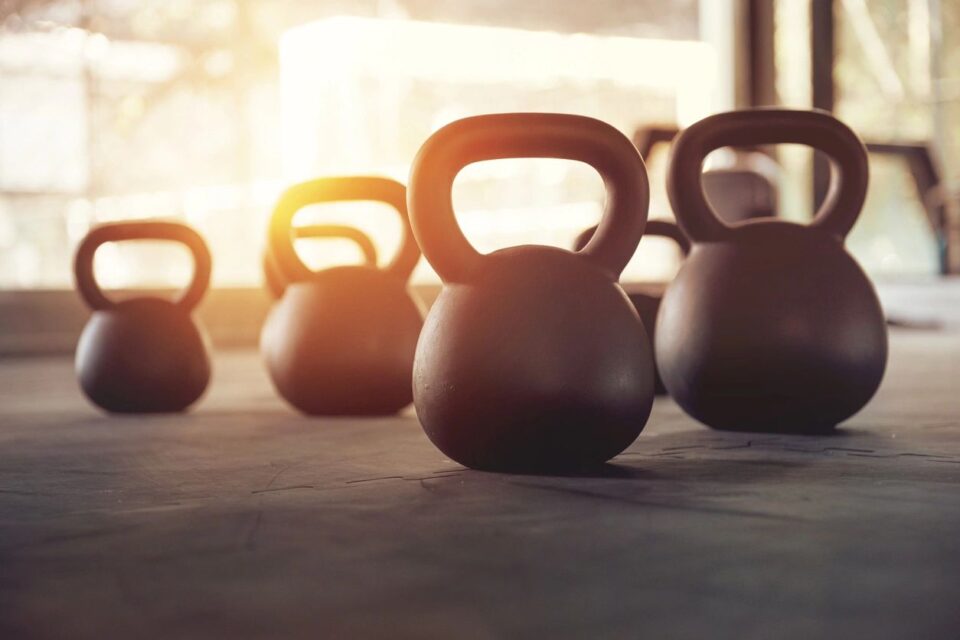A Future at Home Blog
Lower Your Blood Pressure through Strength-Training Exercises
It’s not news to me, but a study published in the British Journal of Sports Medicine suggests that strength-training exercises, particularly wall squats and holding the plank position, are effective in lowering blood pressure. I’m a big fan of Pilates (Mrs AFAH is a Pilates instructor, so I don’t actually have much choice), but I still like to run and walk a lot, but it looks like adding strength training to the mix is best.

New research suggests that strength-training exercises, particularly wall squats and holding the plank position, are effective in lowering blood pressure. The researchers propose updating current exercise guidelines, which mainly focus on aerobic activities like walking, running, and cycling, to include these isometric exercises.

Kettle Bells
Image source, Michael Bertenshaw and Malcolm Sinclair
It’s not news to me, but a study published in the British Journal of Sports Medicine suggests that strength-training exercises, particularly wall squats and holding the plank position, are effective in lowering blood pressure. I’m a big fan of Pilates (Mrs AFAH is a Pilates instructor, so I don’t actually have much choice). I still like to run and walk a lot, but it looks like adding strength training to the mix is best.
The analysis included data from 16,000 participants across 270 clinical trials conducted between 1990 and 2023. While all types of exercise were found to lower high blood pressure, wall squats and planking resulted in more significant reductions compared to aerobic exercises. Isometric exercises, like planks, create muscle tension when held for two minutes, followed by a sudden rush of blood when the muscles relax. This increase in blood flow, however, requires individuals to remember to breathe.
Despite my exercise habits (pickleball, mountain biking, walking, and more), I do suffer from high blood pressure, or hypertension, which puts strain on my blood vessels, heart, and other organs, increasing the risk of conditions such as heart attacks and strokes. Regular exercise has reduced this for me, so I know it works.
Current UK guidelines recommend adults to engage in at least 150 minutes of moderate-intensity exercise per week or 75 minutes of vigorous activity, along with muscle-strengthening exercises twice a week. The study’s author suggests including two minutes of wall squats or holding the plank position four times with two minutes of rest in between, three times a week, in addition to the existing guidelines.
Overall, this research indicates that incorporating isometric exercises like planking and wall squats into an exercise routine can have a positive impact on blood pressure levels, complementing the benefits of aerobic and other forms of exercise. An important take-away from the information, though, is that you should maintain a good cardio routine by walking and running, especially if planking isn’t something you can do safely. Remember also that muscle-strengthening exercise can be found in a good yoga or Pilates class, but make sure these are classes that are run at a level that’s right for you.
Final word? Exercise!










